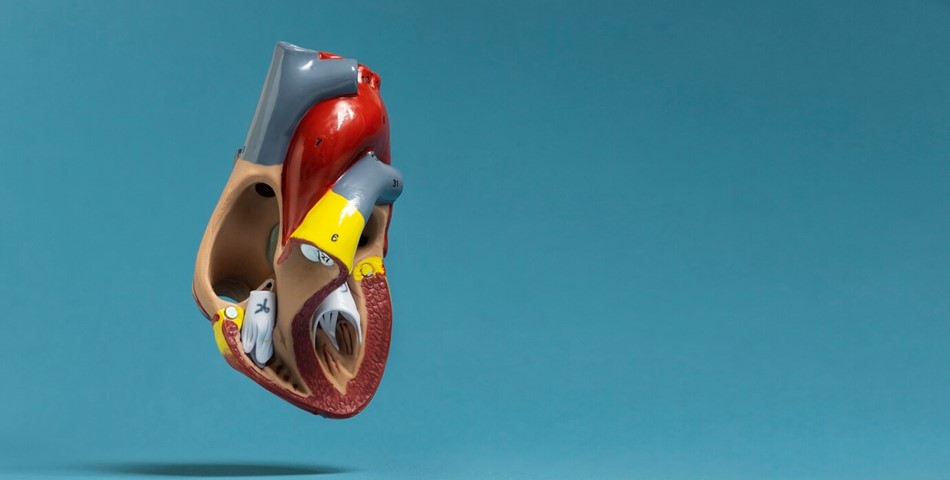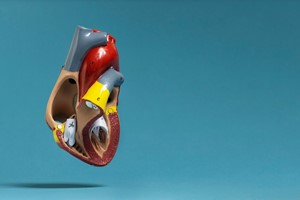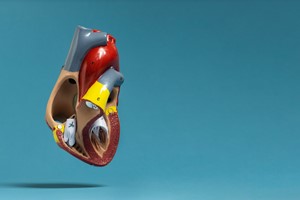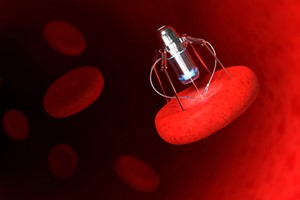The shortage of donor organs in the United States continues to be a pressing issue, contributing to thousands of deaths annually. However, researchers at Carnegie Mellon University are pioneering a novel approach to tackle this challenge with their innovative 3D ice printing technique aimed at creating intricate blood vessel networks.
Traditionally, tissue engineering has faced obstacles in replicating the complexity of natural blood vessels, which is essential for developing functional organs. This new method addresses this hurdle by employing several key strategies.
Unlike conventional 3D printing methods, the technique utilized by Carnegie Mellon University researchers leverages a continuous "freeform" process with water flow at low temperatures. This results in exceptionally smooth structures devoid of the typical layer effects seen in traditional 3D printing. Additionally, the incorporation of heavy water, which has a higher freezing point, enables the creation of even smoother and more intricate 3D printed ice templates.
The process involves embedding these ice templates in UV-curable GelMA (gelatin methacrylate), allowing for precise shaping and providing a supportive scaffold. Upon exposure to UV light, the ice melts, leaving behind the intricate blood vessel channels within the hardened gelatin.
Beyond addressing the organ transplant crisis, this technology holds promise in other areas as well. The biomimetic blood vessels created through this method offer a controlled environment for studying drug effects on human vasculature, potentially accelerating drug development and reducing risks. Moreover, by coating the vessels with a patient's own cells, personalized drug testing becomes feasible, enabling predictions of individual responses before actual administration and leading to safer and more effective treatments.
Recent developments in this field, such as the successful survival of endothelial cells within the printed structures for up to two weeks, demonstrate progress. However, further research is needed to explore long-term cell culture and integration with engineered tissues for organ transplantation.
While the prospect of 3D-printed human organs for transplantation remains a distant reality, recent breakthroughs offer a glimpse into the future. For instance, in 2023, scientists achieved a milestone by bioprinting a functional human liver mini-organ, albeit scaling it to full size remains a challenge. Researchers are also exploring the feasibility of printing personalized organs using a patient's own cells, potentially mitigating rejection risks. Additionally, the development of perfusion systems is crucial for ensuring proper nutrient and oxygen flow in larger 3D-printed organs.














